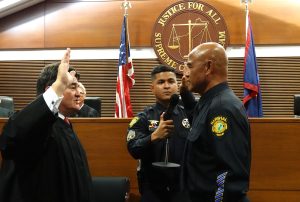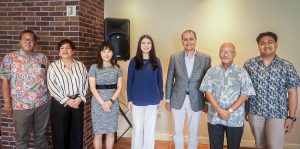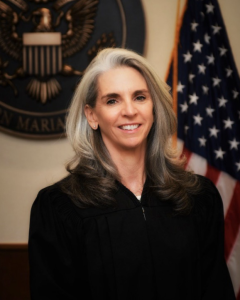SAYS ANTHROPOLOGIST US knows little about the Pacific
HONOLULU (PIDP/CPIS) — Anthropologist Dr. Robert Kiste recently provided journalists meeting at Hawaii’s East-West Center with a briefing on issues and events in the Pacific Islands region, currently marked by serious ethnic unrest and major political upheavals.
Head of the internationally-acclaimed Center for Pacific Islands at the University of Manoa, DR. Kiste also expressed some obvious frustration over how little the United States knows about this vast part of the globe, one that includes Hawaii, several major US territories and scattered small islands and atolls, and three Freely Associated States that reach across the vast Pacific from California to Asia.
The territories include American Samoa, the only US jurisdiction south of the equator, the Northern Mariana Islands and Guam in Micronesia, and such other areas as Wake Island, used by the military; Johnston Island, where a US Army chemical agent incineration project is winding down; and several central Pacific isles once rich in guano.
The associated states are the Federated States of Micronesia, the Marshall Islands and the Republic of Palau, once parts of the Trust Territory of the Pacific Islands established after World War II.
He told Hawaii journalists that even representatives of the US Department of the Interior in Washington, which has federal jurisdiction over insular territories, have difficulty finding US possessions on a map of the Pacific.
He said that in the 1960s, “there were only two areas of the globe that had no home in any of the geographical departments of the State Department, the Pacific islands and Antarctica.”
US interest in the Pacific, which encompasses about a third of the globe, has “waxed and waned,” he said,
Interest began with the acquisition of American Samoa and Guam for naval purposes at the beginning of the last century and peaked during the Pacific war against Japan and again in the late 1970s, when the former Soviet Union began establishing influence in the region.
With the end of the cold war, “interest again has declined,” he said. Recent governments in Washington have just been saying to Pacific islanders, “You’re no longer of concern to our national interest, and they’re not very diplomatic about it.”
The overall Pacific islands region, with about 8,000,000 people, not including Hawaii and New Zealand, is tremendously diverse, Dr. Kiste emphasized. “Eighty-three percent are in Melanesia.”
And of about 6,700 languages in the world, some 23 percent are found on Pacific islands. On the island of New Guinea alone, encompassing independent Papua New Guinea and the Indonesian province of Irian Jaya (West Papua), there are some 1,400 languages.
There are a number of serious, common problems facing the Pacific, Dr. Kiste said.
They include: lack of resources; aid dependency; vulnerability to natural disasters; population problems; urbanization; governance; and education.
“The Pacific, meaning peaceful and tranquil, is somewhat of a misnomer,” Dr. Kiste said. “It is a region, I think, where we’re going to see a lot more difficulty in the future. And I’m not really sure where the future is going to take us. It’s a troubled region today.” (Al Hulsen)






